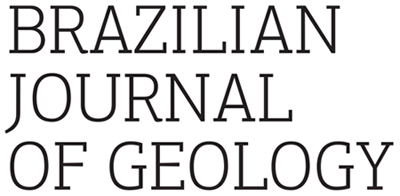ABSTRACT:
Sedimentary rocks of the Sete Lagoas Formation, exposed in the left margin of the São Francisco river (Minas Gerais State, Brazil), were deposited on the Januária-Itacarambi basement high. They show both lateral and vertical rock stacking along continuous outcrops, allowing us to carry out detailed facies analysis and sequence stratigraphy studies. Our studies also integrate data from geological mapping, macro and microscopic petrography and high-resolution C and O isotope analysis. Eight facies and four facies associations make up a sequence composed by a transgressive tract in the base, and a high stand tract in the upper portion, separated by a maximum flooding surface. The high stand tract shows a progradation stacking from the basement high apex towards progressively deeper basement areas. This stratigraphic framework, associated with others stratigraphic and isotopic features, indicates that the now exposed Januária basement high also represents a paleo-high during the sedimentation event. Aragonite pseudomorphs and dolomites coupled with δ13C values of -5‰ characterize the basal carbonate of the transgressive tract as a cap carbonate. Records of the Cloudina fossil, recognized in the high stand tract, indicate a Late Ediacaran age for the upper portion of the studied stratigraphic sequence.
KEYWORDS:
sequence stratigraphy; chemostratigraphy; cap carbonate

 Thumbnail
Thumbnail
 Thumbnail
Thumbnail
 Thumbnail
Thumbnail
 Thumbnail
Thumbnail
 Thumbnail
Thumbnail
 Thumbnail
Thumbnail
 Thumbnail
Thumbnail
 Thumbnail
Thumbnail
 Thumbnail
Thumbnail
 Thumbnail
Thumbnail









